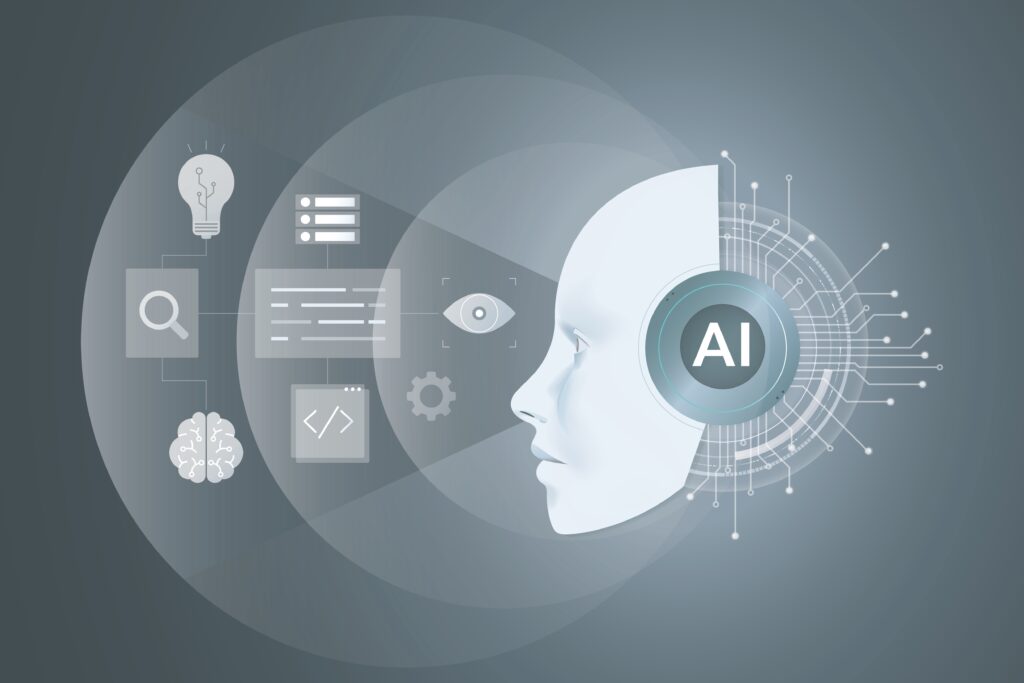Three in four (73%) B2B marketing decision makers say the future of advertising in 2030 and beyond will have increased reliance on artificial intelligence for generating creative, which was the top response, according to a newly released survey from B2B marketing firm Madison Logic.
The Harris Poll conducted the survey on behalf of Madison Logic and surveyed 312 U.S. B2B marketing decision makers in September.
AI dominating the survey was not surprising to Liz Ronco, Senior Vice President of Product at Madison Logic. While one year ago marketers may have been more skeptical about claiming AI as the entire future of B2B marketing, today these decision makers can clearly see how the world has changed and embraced AI, she said. A new technology sometimes may take a few years for professionals to widely adopt it, but its only taken months for AI to gain considerable traction.
How AI Will Create Content
Marketers will still be the creator and establishing the message to drive the emotional connection for buyers. What the AI can do is help multiply that message for a scaled outreach.
“With the demand of relevant personalization, the amount of creative, or I would say proliferation, of that single creative is becoming more like data entry,” Ronco said. “You take a single ebook and you want to divide it into snippets or maybe an audio clip or things like that.”
In the future, the AI could build in learnings about the message that is working for different personas and tweak the creative, such as this group is responding to a cost savings message versus a creative message, she said.
In the survey, 85% of the marketing decision makers said their company is actively investing in AI and machine learning technologies to lead the transformation toward a data-driven and creative-first advertising solution.
B2B Marketing Beyond AI
While AI-driven creative processes was the top response about what the B2B advertising future will hold, several other tactics came close behind including:
- Personalization at scale — 66%
- Immersive advertising (such as using virtual reality and augmented reality) — 66%
- Performance-driven strategies — 62%
- Interactive and gamified ads — 62%
- Voice-activated advertising — 61%
- Influencer and micro-influencer collaborations — 60%
Ronco applauds this diversified approach to marketing.
“Don’t think about marketing advertising as a collection of disconnected tactics,” Ronco said. “The future — which this poll clearly illustrates — is about systems that connect signals, media and measurement into a flywheel and really leveraging the ability for AI to bring us to a world of intelligent personalization and performance driven media.”
In fact, 96% of the decision makers said their company is continually adapting their ad strategies to keep pace with the rapidly changing digital platforms and consumer preferences.
And that’s wise, because buyers are on the move. Marketers need to ensure they are engaging with them throughout their entire day, whether the are actively or passively researching solutions to their problems, she said.
“The old model of impressions and eyeballs and general awareness, it’s not gone, but it’s definitely not holding the same, the singular weight it used to,” she said. “Marketers understand buyers are evolving; their expectations to interact in a relevant timely manner is the default.”
Companies need to embrace the change and experiment today, Ronco said. Fortunately, 90% of companies in Madison Logic’s survey said their business is expanding and adopting new ways of reaching customers, such as podcasts.
“The companies that thrive in 2030 are going to be those that adapt,” she said. “They understand how their marketing operations is really going to drive the ability to capitalize on that performance driven media, stay relevant and drive growth.”




